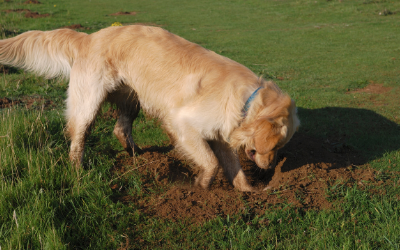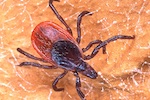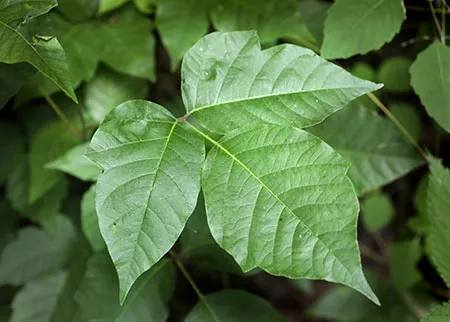The mild winter in the Northland has resulted in a bumper crop of ticks. There are several species of tick, the Deer Tick, now caller the “Black Legged Tick,” being the smallest and most dangerous for Lyme Disease. Only about half of the ticks actually carry the Lyme, but you never know. If you have symptoms there is a cure via doctor prescribed antibiotics. There are also other tick-borne diseases such as Anaplasmosis, Babesiosis, Ehrlichiosis, and Powassan encephalitis, all of which can have severe long-term symptoms.
Symptoms include a red spot often shaped like a bullseye target or rash near the site, neck stiffness, muscle ache or joint pain.
Deet has been the standard defense, but newer sprays such as Permethrin and others are also effective. Check clothes for crawlers, and skin. Remove attached ticks as soon as possible by carefully grasping close to the skin with tweezers or tissue. There is a special tweezer available with small magnifer glass. Pull the tick slowly to avoid breaking off mouth parts. Germicide or iodine can clean the wound; expect an itch for weeks! Ticks favor open areas with high grass or plants along a trail where they can climb up and jump onto you. Your yard could be a haven. Dogs are tick magnets and can escort their consort inside. Be sure to check your PETS and CHILDREN thoroughly.







